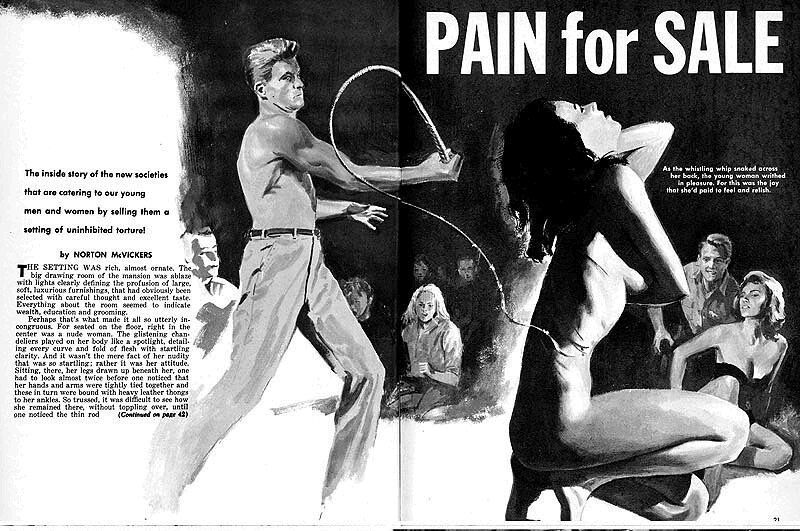 Being Canadian, I’m always interested in Canada’s contributions to the sexual edge of culture. I was delighted to stumble across the story of Justice Weekly, a true crime tabloid newspaper published in Canada that frequently included fetish letters. “…popular topics were discipline, punishment and humiliation of males (especially ‘errant husbands’ and spoiled post-adolescent children) by authoritarian/domineering females, transvestites and authority figures such as school principals, judges and law-enforcement officials.”
Being Canadian, I’m always interested in Canada’s contributions to the sexual edge of culture. I was delighted to stumble across the story of Justice Weekly, a true crime tabloid newspaper published in Canada that frequently included fetish letters. “…popular topics were discipline, punishment and humiliation of males (especially ‘errant husbands’ and spoiled post-adolescent children) by authoritarian/domineering females, transvestites and authority figures such as school principals, judges and law-enforcement officials.”


